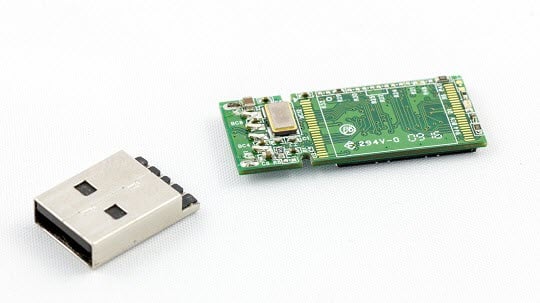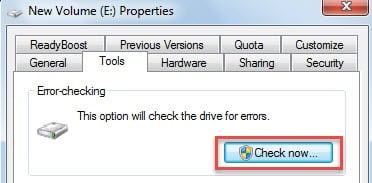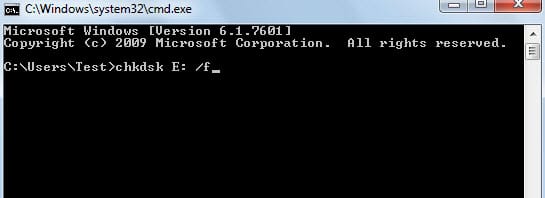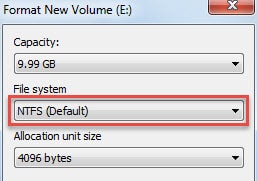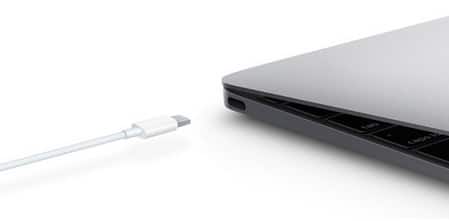For most people, USB flash drives are usually used for storing frequently-used files. Thus, if your USB flash drive suddenly malfunctions, what can you do to fix it? This article will expose you 5 effective tips.
Compared with a traditional hard disk drive, USB flash drive is a tiny kind of data storage media. Hence, it’s much handier and easier to carry. More often than not, people are accustomed to storing the frequently-used files or other data in a USB flash drive. In such a case, as long as they carry the flash drive, they will be able to access the data in the drive whenever and wherever.
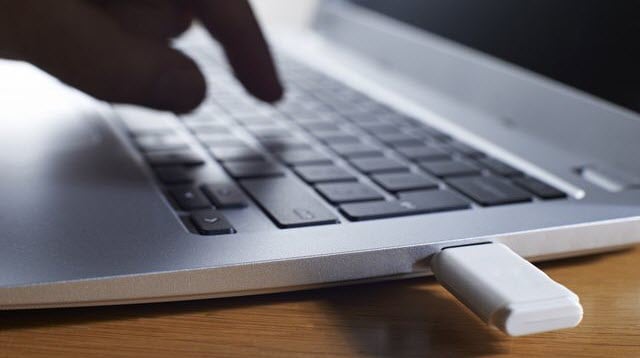
Although USB flash drive provides us with a lot of convenience, it still cannot get immune from corruption, failures or other issues. At worst, you may be likely to suffer data loss on the malfunctioning flash drive. So it is essential for you to keep another copy of the flash drive data on other media. It means data backups. For instance, when your USB flash drive is corrupt, which contains a critical PST file, if you have backups, you can easily retrieve the corrupted PST data simply from the backups. But if you have no backups in hand, you have no choice but to try best to repair such a USB flash drive. Here are 5 tricks for your reference.
Tip 1: Deal with a Physically Damaged USB Flash Drive
The most knotty issue involving the USB flash drive is physical damage. Generally, one of the most common issues is the USB flash drive connector gets snapped off. In this case, the only way is to solder the connector back on. To be honest, this is exactly impractical for most users who are not familiar with the concrete steps. It demands you to contact professionals. Before getting contact with experts, you have to do the followings:
- Firstly, prevent touching any exposed parts of the USB flash drive.
- Secondly, if the victim is printed circuit board, don’t touch the chips or other connections in the printed circuit board.
- Thirdly, had better store the flash drive in an anti-static bag.
- Fourthly, never launch any DIY recovery software on it.
If your malfunctioning USB flash drive is actually suffering logical issues, you can use the following means to attempt a repair on your own.
Tip 2: Scan & Fix Errors in USB Flash Drives on Windows
Fortunately, Windows comes packed with an inbuilt feature which can scan and fix the logical errors. Hence, if your computer is running on Windows OS, you can try this inbox tool.
- In the first place, plug in the USB flash drive to your PC
- Then access the disk list.
- And later right click on the USB flash drive and choose “Properties” from the context menu.
- Next, in the new popup dialog box, switch to “Tools” tab.
- Subsequently, click on the “Check Now” button.
- In the following small dialog box, enable the two options – “Automatically fix file system errors” and “Scan for and attempt recovery of bad sectors”.
- After that, click “Start”.
- Lastly, just wait the tool to complete the scanning and fixing.
Tip 3: Run Windows CHKDSK via Command Prompt
Aside from the Tip 2, actually you can access the inbuilt “check disk” feature by another means. Follow the steps below:
- To start with, insert your USB flash dive.
- Then search “cmd” in the Windows “Start Menu”.
- Next press “Enter” key button to access the Command Prompt.
- Subsequently, in the popup window, type “chkdsk flash drive letter: /f “, such as “chkdsk E: /f”.
- After that, press “Enter” button again.
- Later Windows will start to scan and try to fix the logical errors.
- Ultimately, if you get a message – “”Windows has made corrections to the file system”, your USB flash drive has gotten fixed successfully. If not, you may be required to seek other methods.
Tip 4: Reformat the USB Flash Drive
Supposing that you don’t attach great importance to the internal files in the USB flash drive, and you simply hope to recover the drive to work normally, you could try reformatting the drive.
- For a start, similar to the Tip 3, plug in the drive and access the drive list.
- Then right click on the USB flash drive and select “Format”.
- In the subsequent dialog box, firstly choose to format the drive with NTFS.
- After that, reformat the drive with FAT32.
- Finally you should safely remove the drive and then re-plug in it to test the results.
Tip 5: Check Your PC USB Port
In a case that your USB flash drive totally can’t be recognized by your PC, there are chances that something wrong occurs to your computer USB port, instead of the USB flash drive itself. Under this circumstance, you should carefully check your PC USB port.
- At the outset, you can plug out the USB flash drive.
- Then restart your computer and plug in the drive again.
- If it still doesn’t work, you need to insert the drive to another computer.
Note: If your computer has several USB ports, you can try others at first.
- If the issues persist, it is likely that the drive itself is to blame. Now your last resort is to ask professionals for help.
Author Introduction:
Shirley Zhang is a data recovery expert in DataNumen, Inc., which is the world leader in data recovery technologies, including corrupt sql and outlook repair software products. For more information visit www.datanumen.com
